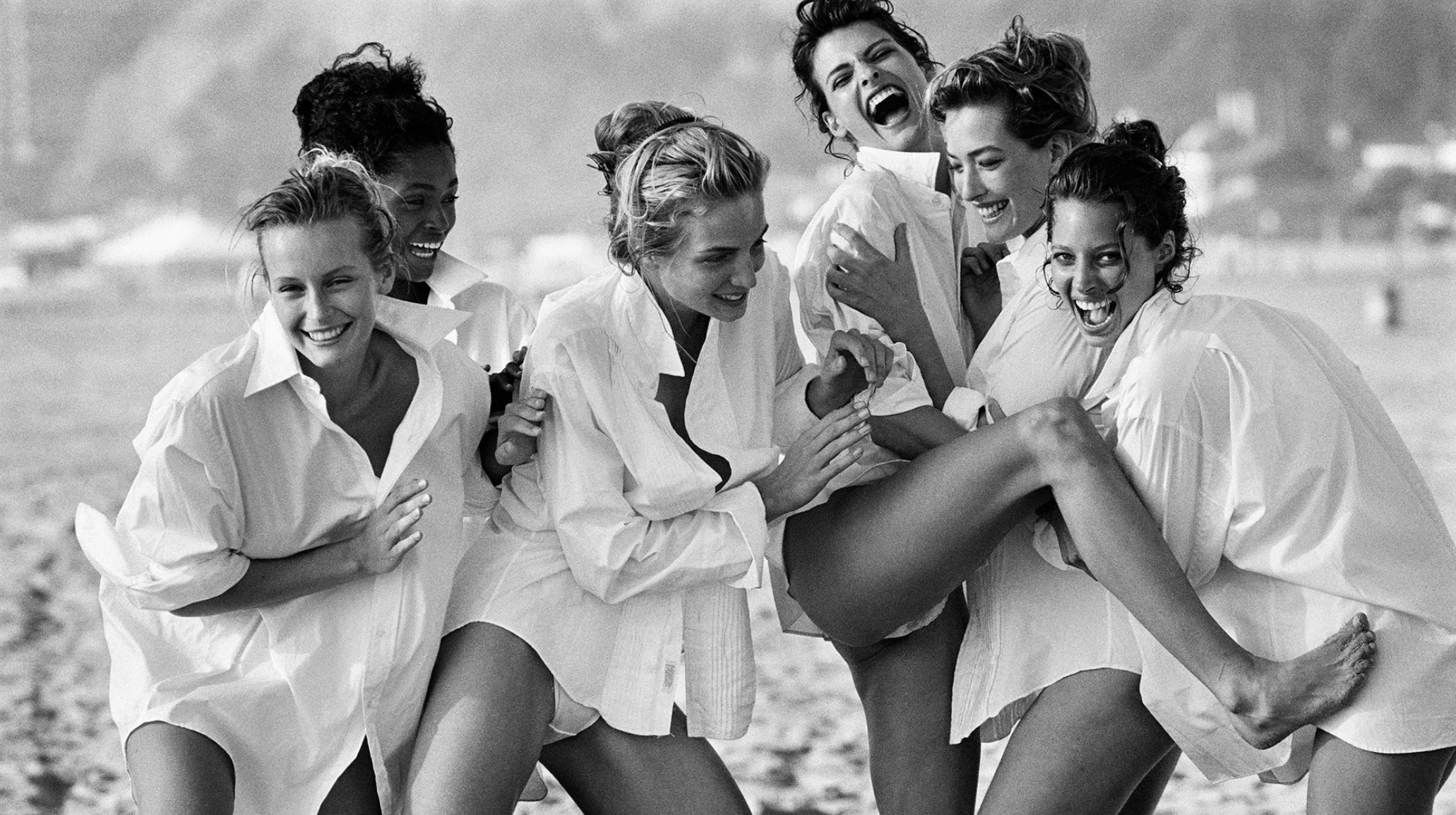
The 1990s were a decade of unforgettable magazine covers that shocked, inspired, and sometimes scandalized. These covers often went beyond simple imagery, reflecting cultural shifts and sparking conversations about celebrity, fashion, and identity. Each one captured the edgy, boundary-pushing spirit of the ’90s and solidified its place in history. Let’s revisit some of the most iconic covers, the public’s reaction to them, and why they remain so memorable.
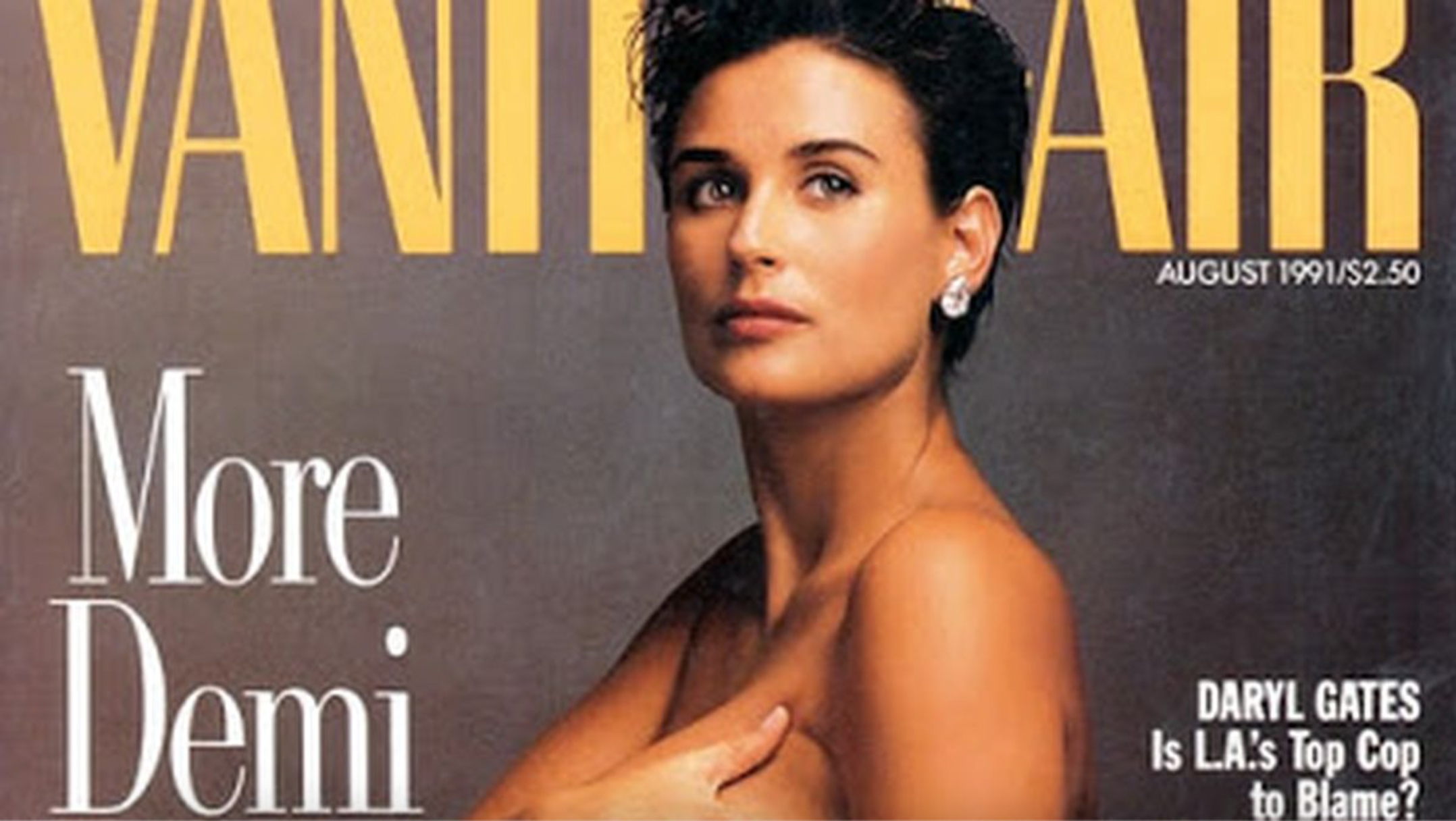
Demi Moore made waves with her Vanity Fair cover, where she posed nude while pregnant, photographed by Annie Leibovitz. This groundbreaking image challenged societal norms about women’s bodies, particularly during pregnancy, and redefined how motherhood was viewed in popular culture. The bold photo celebrated pregnancy as a time of beauty and power, empowering women to embrace their changing bodies. Beyond the social impact, the cover also became a pivotal moment in Moore’s career, cementing her status as a fearless Hollywood trailblazer.
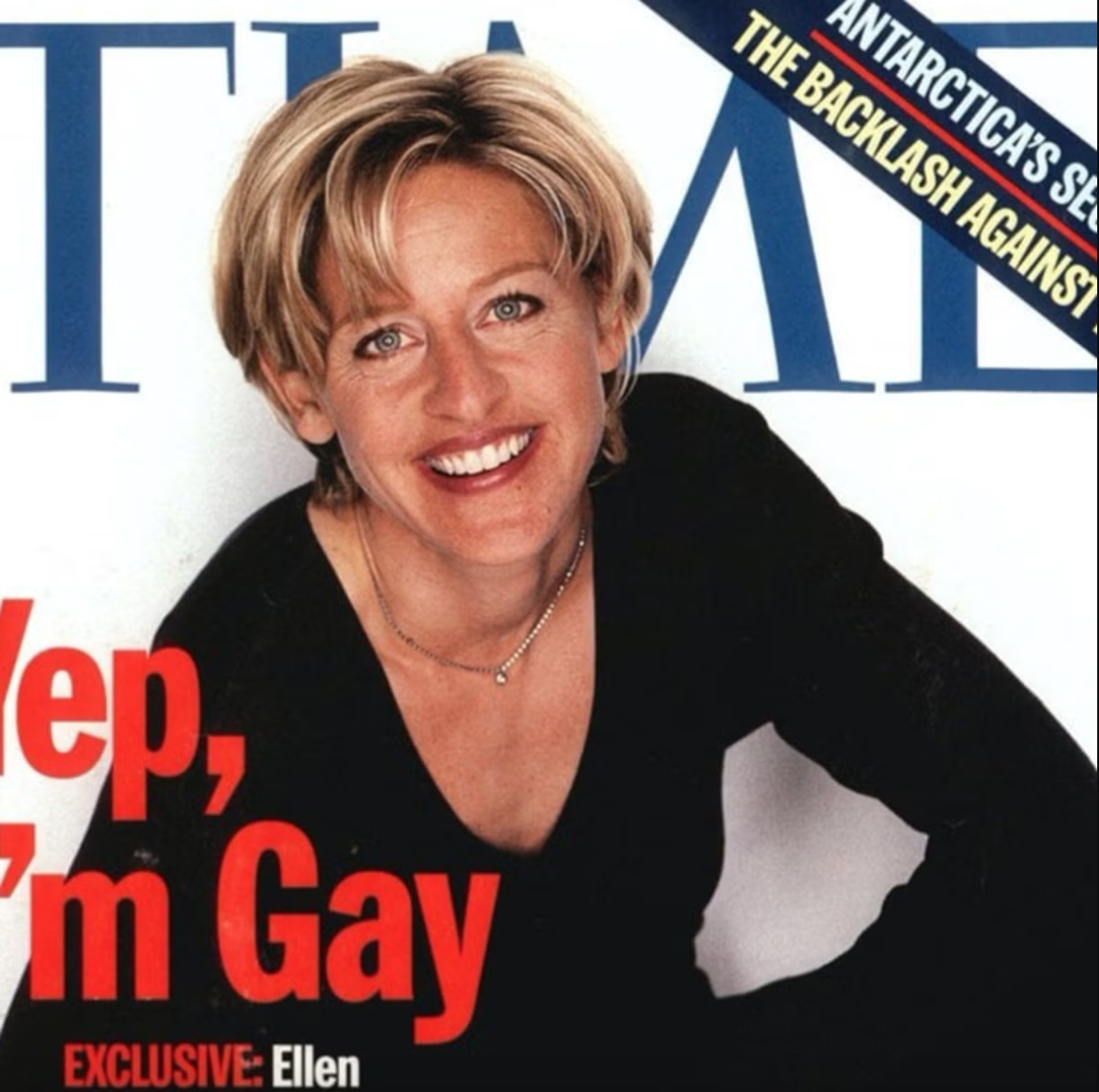
Ellen DeGeneres broke barriers with her iconic Time magazine cover featuring the bold declaration: “Yep, I’m Gay.” This cover coincided with the groundbreaking episode of Ellen, her sitcom, where her character also came out. It marked a historic moment for LGBTQ+ representation in mainstream media, sparking national debates. While Ellen faced backlash and professional challenges, the cover became a symbol of courage and a turning point for visibility and acceptance.

In one of the most striking GQ covers of the decade, supermodel Cindy Crawford and singer K.D. Lang subverted gender roles and challenged societal norms. The image, which featured Crawford shaving Lang’s face, was playful yet provocative, blending high fashion with androgyny. This cover stood out as a snapshot of the ’90s, an era that embraced experimentation and blurred traditional lines of identity and beauty.
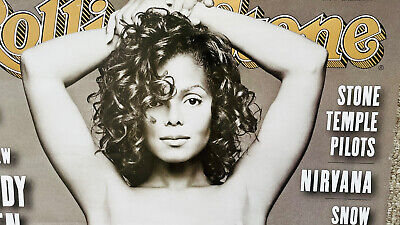
Janet Jackson’s Rolling Stone cover became one of the most provocative images of the decade. Featuring her bare chest held by her then-partner’s hands, the photo was both bold and controversial. It was a statement of empowerment, representing Jackson’s control over her sexuality and her image. The cover challenged societal norms about female independence and was a defining moment in the ongoing conversation about gender and sexuality in media.

David Duchovny and Gillian Anderson of The X-Files graced the cover of Rolling Stone with a steamy, intimate pose that reflected their characters’ on-screen chemistry. Duchovny, shirtless, and Anderson, leaning over him, fueled rumors about their off-screen relationship and captured the mystique of the cult-favorite show. The cover became an instant hit with fans and cemented the duo’s status as pop culture icons.

In 1999, a teenage Britney Spears posed on the cover of Rolling Stone in a bra top and shorts, igniting a firestorm of controversy. Critics argued that the photos, shot by David LaChapelle, sexualized a 17-year-old star and blurred the lines between youthful innocence and adult imagery. While Spears’ team defended the shoot, the backlash highlighted the challenges of navigating early fame and the scrutiny placed on young female artists.
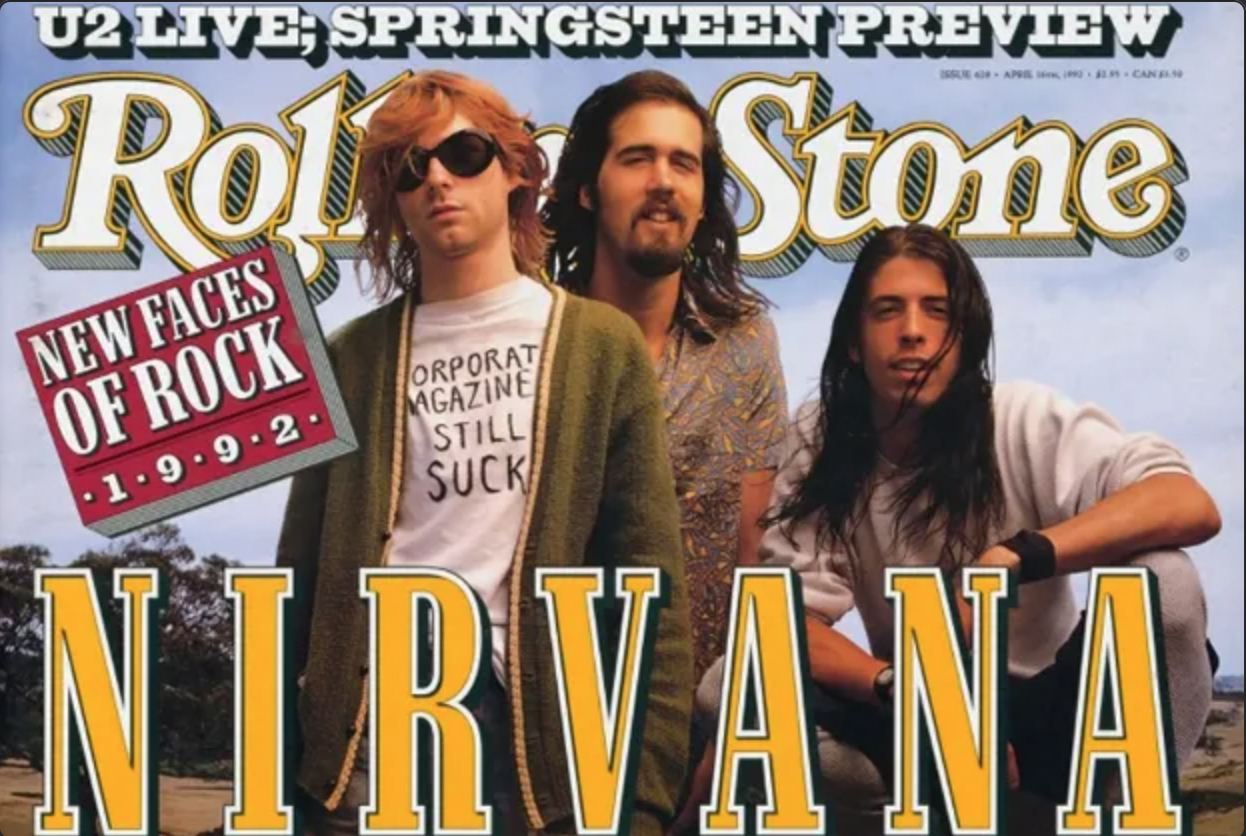
Kurt Cobain’s Rolling Stone cover was a raw and powerful statement. Wearing a plain white T-shirt scrawled with the words, “Corporate Magazines Still Suck,” Cobain captured the ethos of the grunge movement. The photo reflected his discomfort with fame and the commodification of art, resonating with fans who embraced the authenticity of his message. It remains one of the most iconic and rebellious covers of the ’90s.

Vogue’s January 1990 cover, shot by Peter Lindbergh, featured Naomi Campbell, Linda Evangelista, Tatjana Patitz, Christy Turlington, and Cindy Crawford—five models who would become known as the “supermodels.” The candid, natural photograph celebrated individuality and marked a turning point in fashion, ushering in an era where models became cultural icons. This cover redefined beauty standards and influenced fashion photography for decades to come.

After Princess Diana’s untimely death in 1997, People magazine paid tribute with a heartfelt black-and-white cover photo of Diana smiling radiantly. This image stood out among the somber and often intrusive depictions of her final moments, offering a celebration of her life and legacy instead of focusing on tragedy. The issue became one of People’s best-selling editions, capturing the public’s deep admiration for Diana and her role as “the people’s princess.”
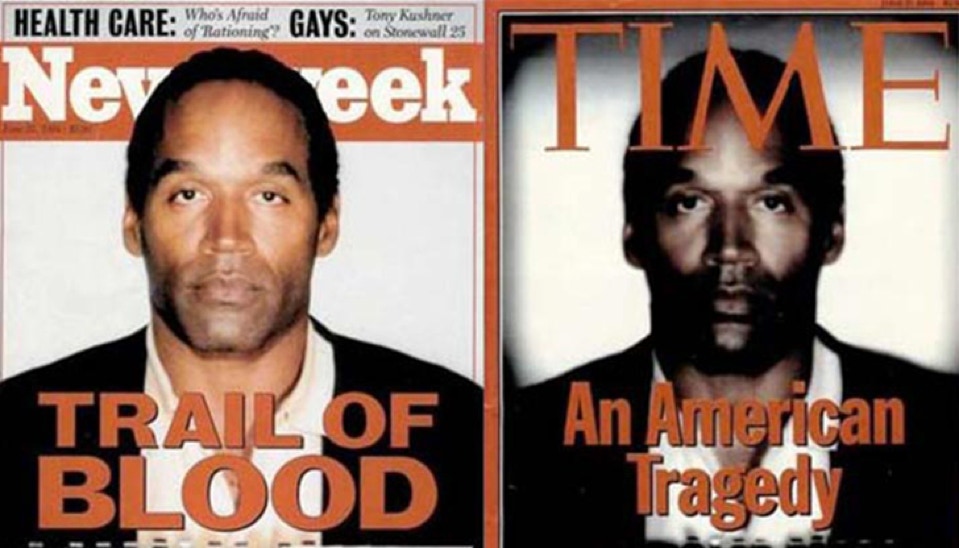
Time magazine’s 1994 cover featuring O.J. Simpson’s mugshot sparked outrage for its darkened and shadowed presentation of the original photo, leading to accusations of racial bias. The altered image was released alongside Newsweek’s unedited version, creating a media firestorm and intensifying public discussions about race and journalism ethics. The controversy underscored the power of visual media to shape perceptions and narratives, making it one of the most debated covers of the decade.

